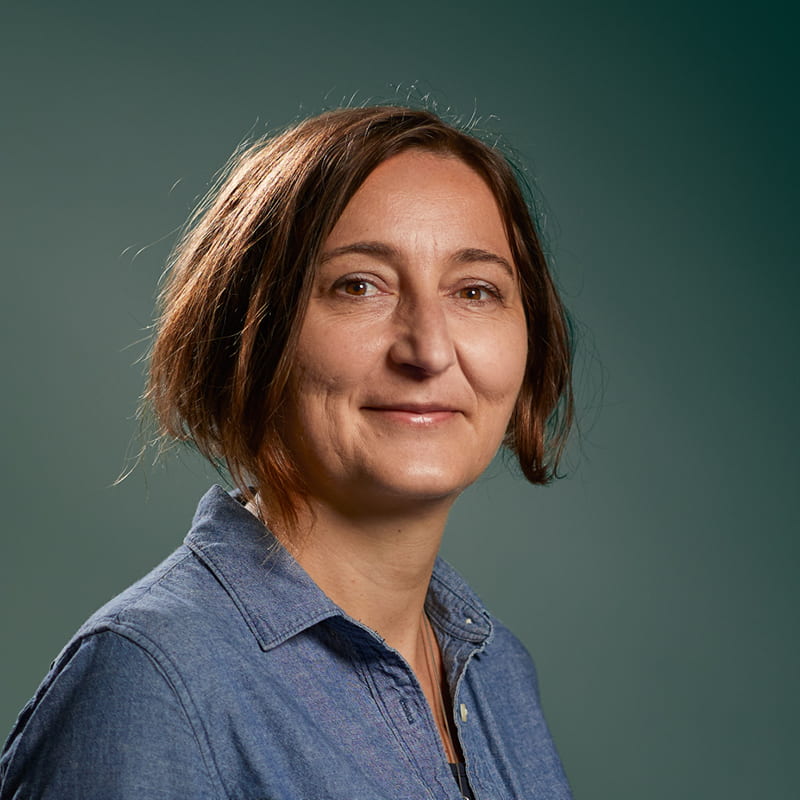News
Read the latest news, blogs and reports from the UK LLC and across the longitudinal population data community.
Blog
Developing the UK LLC Data Access Process
By Stela McLachlan
22nd Apr 2022

I am Stela McLachlan, a Research Manager at the UK Longitudinal Linkage Collaboration (UK LLC) and my role is developing and overseeing the data access process.
My background is in genetics, and my career has involved using large amounts of data to answer health-related questions. At times I have used data to do my own research, but I have also managed data to help others answer their research questions, so I have a great deal of experience from both perspectives. I brought this knowledge and understanding to the UK LLC and with a small team have built a data access process from the ground up, which has been a challenging and worthwhile experience. Our main priority has been designing an application system which allows researchers access to study participant’s personal health data, but also ensuring that privacy remains protected. This means that the project must not only be feasible and scientifically sound, but also conducted by safe researchers and be done in safe settings.
The UK LLC is an innovative project. It was designed around a Trusted Research Environment (TRE), hosted by SeRP UK at Swansea University, which holds data from over 20 well-established longitudinal studies, which has been linked to participants’ routine health and environmental records. It was clear from the beginning that developing an application process that can encompass the level of complexities that we are dealing with wouldn’t be easy!
First, longitudinal studies that are part of the UK LLC retain control of who can access their participants’ data and all the permissions set by participants remain in place. That means that part of our review process needed to include a review by studies against their own criteria. Secondly, NHS Digital devolved their right to assess applications to the UK LLC Applications Team, so we established a panel made up of people across the UK LLC and our partner studies to achieve this. Lastly, we wanted to ensure meaningful public contribution to the process and have members of the public and study participants involved in our application process as well.
Our first step was to consult colleagues at other data resources: SAIL databank, Dementias Platform UK, and BHF Data Science Centre. The goal of these conversations was to find out how applications are assessed elsewhere so that we could implement best practices available, and I found this greatly beneficial.
We decided on an Expression of Interest form as a first step, which means that we can quickly assess the project and whether the TRE holds the data required. We also chose to offer meetings to applicants at this point, both to introduce them to the process and to understand their proposal better. I feel that these steps save time in the long run – no point in putting in a lot of work into your application only to find out we don’t have specific dataset you are after!
After this stage, we compiled a full application form based on the ‘Five Safes’ form used on the HDR UK Innovation Gateway, so that we can appropriately safeguard data whilst encouraging research which is in the public interest.
We wanted our application process to be interactive, where we work with the researcher to ensure the best outcome. Because of this, we conduct our internal review in conversation with applicants – trying to address any obvious issues with the application before it goes to the next stage.
Finally, the last stage is the reviews undertaken by our partner studies. Altogether, we are aiming for 6 weeks between receipt of the full application and our decision – which I consider to be quick, given that there may be up to 20 individual studies approving an application!
We were aware from the beginning that we needed a process able to encompass all data protection rules coming from the broad variety of data controllers involved in the UK LLC. On top of that we wanted meaningful public contribution to the process while ensuring the ultimate aim of any application process is to be effective and efficient. We pieced this together using an adaptive approach where the process is created, amended, and re-evaluated in real-time.
As a result, the process dynamically changed during the period when we were considering applications from our first applicants, our Beta users, and simultaneously new data was regularly being deposited in the Trusted Research Environment. I won’t say it was easy – we had to be agile and open to feedback, but this was vital in order to learn and grow.
As new studies are added and with future plans to include linking to Scottish, Welsh, and Northern Irish health records as well as administrative data, the process can only become more complex. Therefore, our application process is not finished, instead it is constantly evolving. Learning from established resources, our users and adapting based on our early experiences in a responsive way is necessary to incorporate those complexities and create a process that works for everyone.